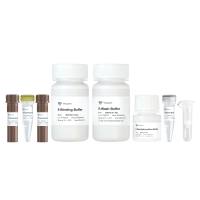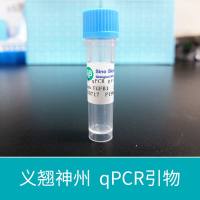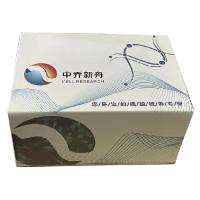|
A. General consideration for primer selection for bisulfite-conversion based PCR methods
Because the two strands are no longer complementary after bisulfite modification, strand-specific primers are used for PCR amplification. Usually the sense strand is chosen for primer design. Primers should be designed according to the guidelines prescribed by Clark and colleagues, and under the assumption that all cytosines had been converted to uracil.
The important parameters to be considered when selecting PCR primers are the ability of the primer to form a stable duplex with the specific site on the target DNA and no duplex formation with another primer molecule or no hybridization at any other target site.
Despite variations among bisulfite-conversion based methylation mapping methods, they all share the same procedure of modifying DNA with sodium bisulfite as the first step and subsequently PCR amplification with primers specific for modified DNA. The following criteria are common to both methylation specific PCR and bisulfite genomic sequencing PCR.
-
In normal cells, most CpG sites are methylated except those that are within a CpG island region which is defined as a DNA stretch at least 200 bp long with a GC content > 50% and an Obs/Exp ratio of CpG dinucleotides > 0.6 and more than half of mammalian genes have CpG islands within their 5' regulatory region. In cancer cells or some other situations such as imprinted genes, CpG island become methylated leading to transcriptional silence. Thus, for methylation mapping, it is important to focus on the CpG island region.
-
To discriminate bisulfite modified DNA, primers should have a enough number of "C"s in their sequence.
-
A good primer pair should span a minimum number of CpG sites.
B. Bisulfite sequencing PCR or restriction PCR .
-
Primers should not contain CpG site within their sequence to avoid discrimination against methylated or unmethylated DNA.
-
Primers should have a minimum number of no-CpG " C" in their sequence to amplify only bisulfite modified DNA. Primers with more no-CpG "C"s are preferred.
-
To map as many CpG sites as possible, PCR products should preferably span enough number of CpG sites.
C. Methylation-Specific PCR (MSP)
-
Primers should contain at least one CpG site within their sequence, and the CpG site should preferably be located in the most 3'-end of their sequence to discriminate methylated DNA against unmethylated DNA.
-
Primers should have a minimum number of no-CpG "C" in their sequence to amplify only bisulfite modified DNA. Primers with more no-CpG "C"s are preferred.
-
The set of primers for methylated DNA and the set for unmethylated DNA should contain the same CpG sites within their sequence. For example, a forward primer for methylated DNA has this sequence: ATTAGTTTCG TTTAAGGTTCG A, the forward primer for unmethylated DNA must also contain the two CpG sites as the methylated forward primer. But they may differ in length and start position.
Reference
Li, LC and Dahiya, R. Bioinformatics, 2002; 18(11):1427.
|









